Tomatoes are the American gardeners’ favorite plant. To get big plants and a lot of fruit it helps to know exactly the best way to plant the tomato plants. So join me as I show you how I plant tomatoes for the best harvest. For being the favorite plant, tomatoes are among the most misunderstood of the plants we grow in our garden.
Many gardeners plant tomatoes just like they plant everything else and that’s really the first mistake. Tomatoes are one of the few plants that if you bury the stem roots will grow along the stem. So right up front, one of the best ways to get the best tomatoes is to try to maximize the amount of roots that you have to produce a plant and to produce the fruit.
I do that by burying my plants deep. You may have seen my other video. If you haven’t go ahead and check it out on how I transplant from pot to pot to get increased root development and bigger plants in a shorter amount of time. I do the same thing once it’s time for the plants to go outside.
I put the plants in the ground deep… so that they have the opportunity to develop the maximum amount of roots. More roots means a bigger plant. A bigger plant means more fruit. I like to lay out the pots where I intend on putting the plants. You can see these are about 18 inches apart staggered in two rows in this 4 foot by 8 foot bed.
Remember, I’m going to put these plants deeper in the ground than you might normally see it. So I pull off the lower branches because that part of the stem will be buried in the hole. As I dig the hole I start in the middle of the bed and the deepest part is in the middle. Then when I remove the plant from the pot I place it in this sloping hole so that the deepest part is in the middle of the bed and the plant gradually is cradled by the slope of the hole.
Remember pluck off the lower branches and then place the pot in the hole anticipating that all of that part of the plant will be underground. The primary reason for planting this way is to get that root development all along the stem but there’s another reason that I staggered these plants and put the root ball in the middle.
As they grow the plants will actually shade this middle section and when I water all I’ll have to do is water this middle section and all of the roots will end up being watered. And I’ll just continue this process through the bed taking off the lower branches, taking the pot out of the hole.
Sometimes you’ll see that there might be a natural bend in that stem and I’ll take advantage of that so that when I put it in the hole it helps the plant kind of peek upwards a little bit more. I don’t want to bend the stem in any direction that it’s not naturally growing. And then with all of the plants in place, I want to make sure that I water the bed very well.
With plants this size those root balls are going to be six to eight inches deep. They could definitely be deeper holes if the root ball and the plants are bigger to start with. I water the entire bed. Then I’ll come back and water it again letting the water pool up on the surface and then giving it time to drain down to where the roots are.
As the plant grows, as long as you keep the soil moist, roots will develop all the way along the stem which makes for a really expansive root system. When it’s all watered then I start the mulch. I like straw mulch. It’s organic. It will break down in time. It will basically end up being turned into the soil at the end of the season to help add organics.
I want to cover the entire bed. This helps again with that watering. And I’ll get around each individual plant making sure that all of the soil underneath the plant is covered by the mulch to a depth of just 2 or 3 inches at this point. Later, I’ll come back and I’ll add more mulch, but for now, I want to try to cover every speck of soil.
Any soil that might be exposed to the sun will dry out and that could potentially cause the rest of the bed to dry out, so I’m just trying to cover everything that I can cover in the bed at this point. And then with all the mulch in place. I come back and water again. This helps the straw settle down so it doesn’t blow away as easily and it’s one more opportunity to get water to soak down through the soil to those roots that are buried deep.
Once your tomato plants are in the ground you might be a little concerned that they’re growing sideways that they’re parallel to the ground. Don’t be worried. Like most plants, as soon as the plant starts getting that root development and starts growing, it’s going to grow vertically, straight up, In just a few days you will notice a dramatic difference and after a week you won’t even know that you had planted them sideways.
And when they start growing vertically and they get a little bit bigger. I already have the trellis in place so that I can tie off the plants and they’ll grow up the trellis. Look for the link at the end of the video so you can see how I made these trellises. I follow this pattern throughout the garden, putting the plants in the ground, putting the mulch in place, then putting the trellises in place, and then letting the tomatoes grow up the trellis.
So you’ve seen how I put tomato plants in the ground using a sloping trench to get the root ball deep and start developing roots along the stem. That works really well for those tall lanky tomato plants, but if I have plants that are shorter or stockier that trench method just doesn’t work as well.
So what I do is dig a deeper hole and then just put the whole plant in the ground deeper. Still burying the stem to develop the roots, but not having to worry about the trench or the slope. When I plant the tomatoes in the ground not raised beds I follow the same basic process of laying them out where I want them to go.
But with the shorter stockier plants, I want to dig a deep hole and place them in it vertically. The hole will be about 12 inches, maybe 15 inches deep, depends on the size of the plant, but I put it in vertically and then as I put the soil back in place I’m mounding up the soil around the stem.
All of the plants in this bed in the ground are about the same size so I’m following the same process for all of the plants in this bed. A deep hole, putting the plants in vertically to give the opportunity for roots to develop along the stem. So if you think about it, all of these plants will have roots that reach down at least 12 to 15 inches and by planting them deep I’ve added six, eight, maybe even 10 inches of potential new root growth along the stem.
And just as before, after the plants are in place, I’ll mulch around them. I like straw. You could use any mulch you want at this point. I would recommend an organic mulch, but wood chips work perfectly well. Leaves would work well. Anything to cover the soil and just help reduce how much water is needed.
And with the mulch and the plants in place I just carry my trellis in and place the trellis on top of the plants. And in no time all of these tomatoes will start growing straight up. I’ll tie them to these yellow twine pieces and it’ll all be supported. I water it in well just to make sure that they get a good start.
Remember, we’ve got to get that water down much deeper now because this hole is much deeper, but the process is basically the same. You don’t have to do just the trench the sloping trench method or the deeper vertical hole method. I vary my planting often, based on what type of plant I’m putting in the ground.
So you see this plant is pretty tall and lanky it was growing in the greenhouse in the middle of a bunch of other plants and it was reaching towards the light. And so it got a little lankier than I normally like. So for a plant like this, I’ll put it in a trench. After taking the leaves off, I’m going to end up burying almost 12 inches of this stem, maybe a little bit more.
You know that as I put the dirt back in place. I’ll notice that some of these branches will be underground. So I just continue to pluck them off until I get a good height and though I hate to do it if there’s any flowers that have developed along the plant Now’s the time to pluck off those flowers because you really want to focus all of the plant’s growth at this point on the roots.
This plant is right next to the one that I just did but it’s shorter, a little stockier, so I’ll be using the deep hole, vertical planting method. You don’t have to do the same with every plant. I vary it as I said. So I take the plant tag off, pluck off those side branches, and I get ready to place it into the hole.
If the hole’s not deep enough keep digging. Put it back in place, surround the root ball with soil. I’m not covering 12 inches of this stem, but I’m still giving a lot more room for roots to grow. That’s the whole point… more roots bigger plant, bigger plant more fruits. And then of course after everything is in place I come back, I water the plants in very well, and as you might guess the next step is laying down the mulch, making sure you get underneath all of the branches, covering up all the soil.
And then once all the mulch is in place you come back again and you water it all in to help hold all the mulch in place and extra water down to the roots. By putting your tomato plants deeper in the ground, giving them an opportunity to develop more roots and grow into bigger plants, you’re setting yourself up for a lot of fruit.
There you have it. How I plant tomatoes for the best harvest. If you have any comments or questions please let me know. Please share this article. Thankyou.
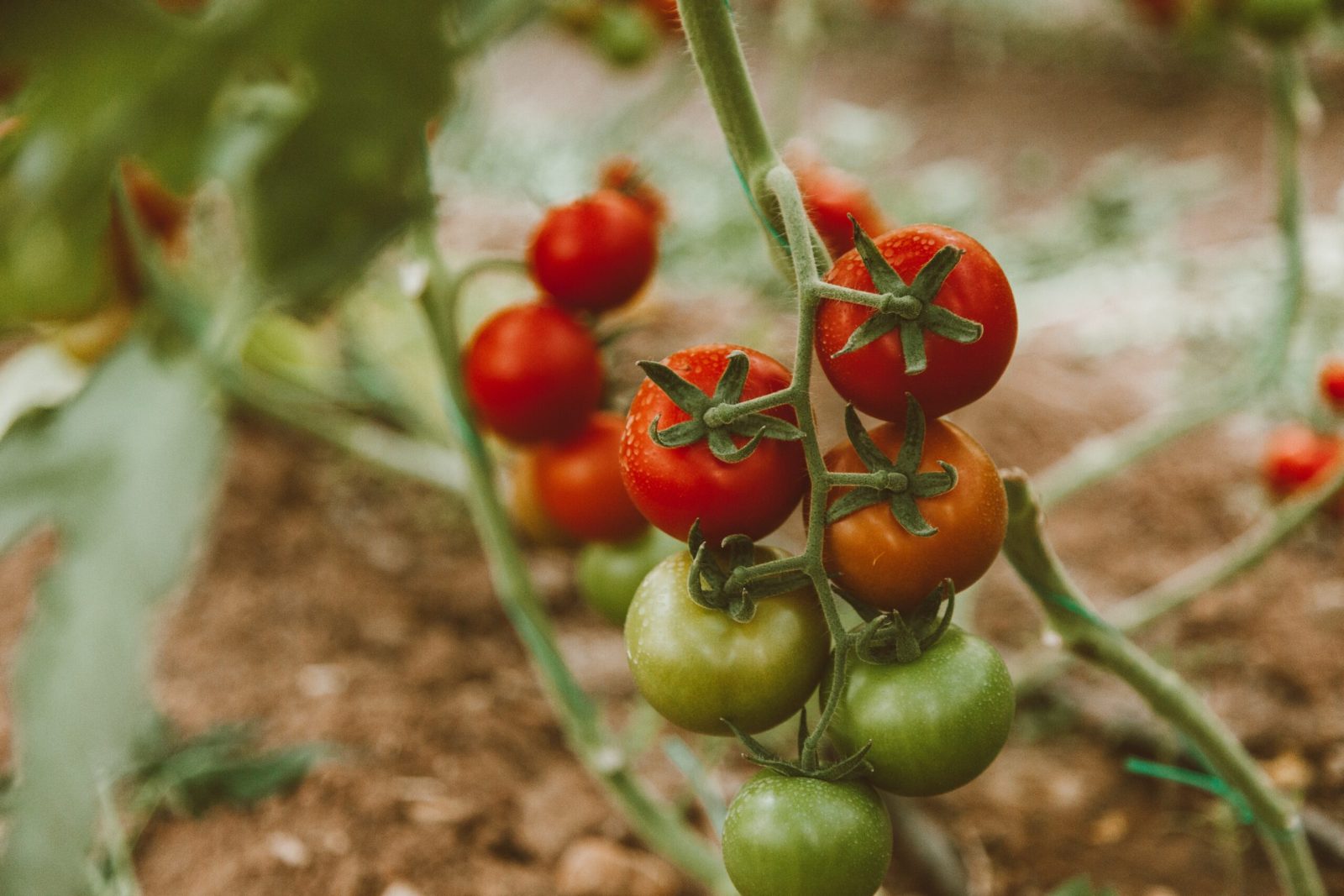


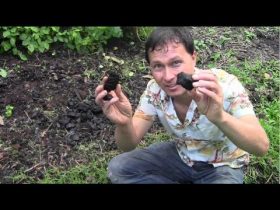
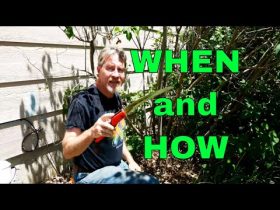

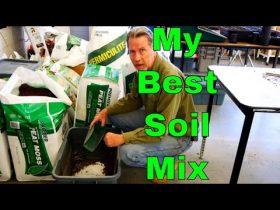

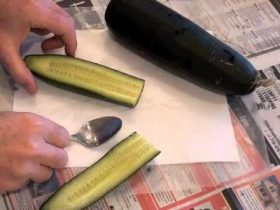


Leave a Reply